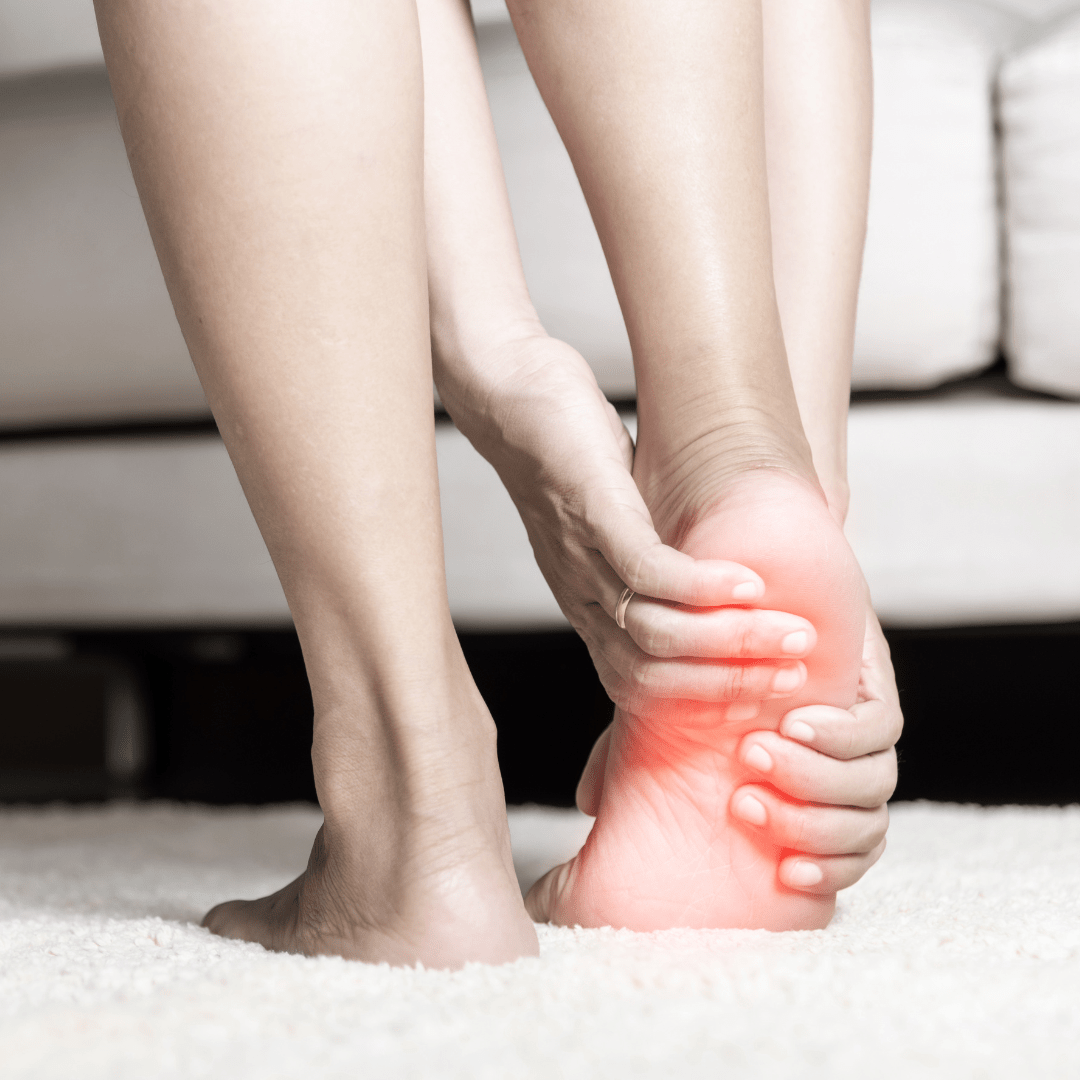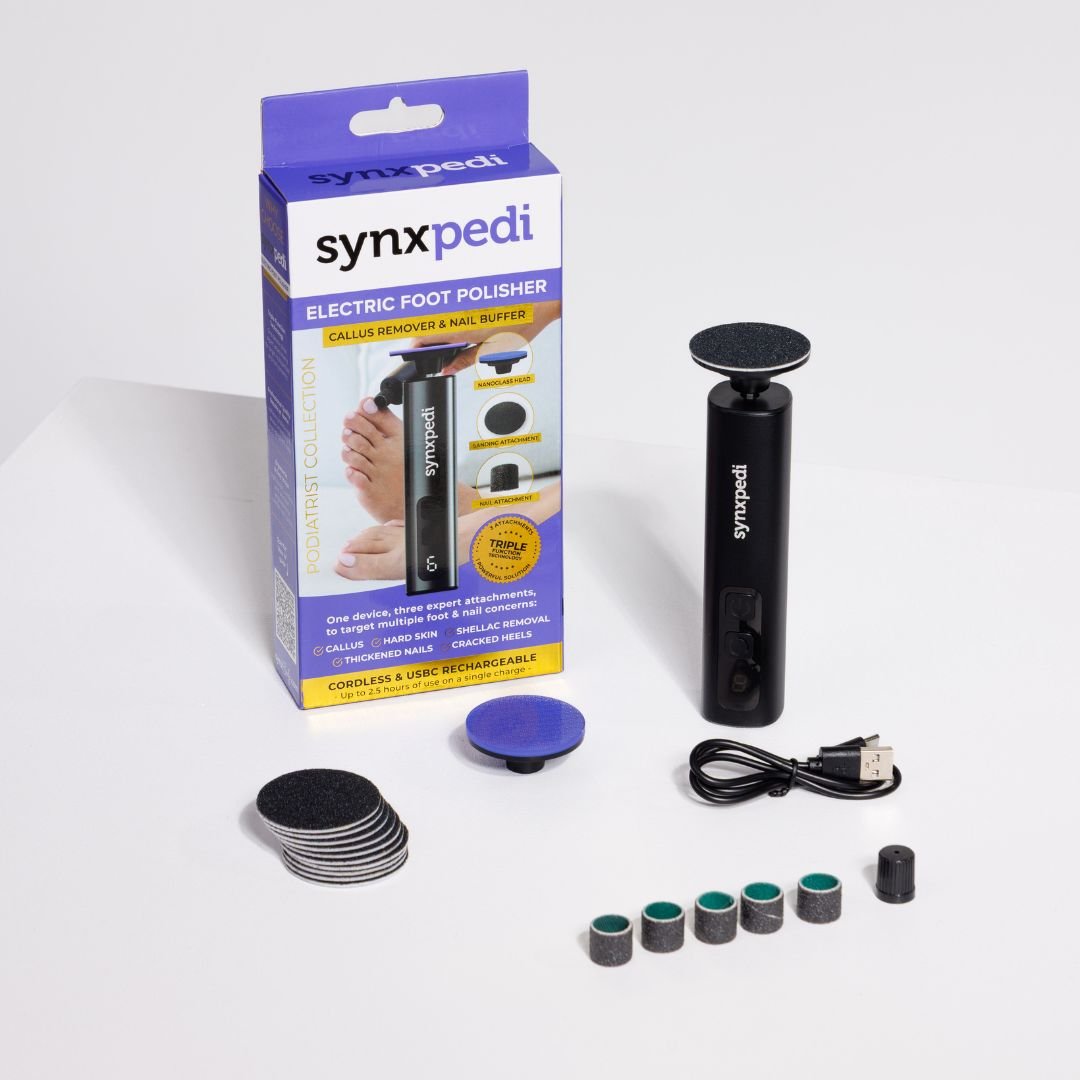Have you heard of trigger point release and wondering if it is right for you?
Almost everyone has aches and pains from time to time, especially active people who like to exercise, play sports, lift weights or even people who have repetitive tasks or heavy lifting in their jobs. These aches and pains can cause a lot of discomfort – and in some cases be quite debilitating.
Trigger points are formed when muscles and connective tissue stretch, spasm and become tight forming ‘knots. This primarily occurs to protect the joints and bones from injury or further trauma. When trigger points develop, blood flow to the muscle fibres are reduced which in turn weakens muscles and affects normal function. This has a flow on affect as supporting muscles then try and kick in and work harder to assist the body to maintain normal function and they are also at risk of fatigue and can being overworked. This whole process can lead to intense and widespread pain often further away from the original problem.
However, it’s quite easy to use a trigger point therapy to feel immediate pain relief. Think of how a good massage can often work out aches, pains, and knots, and you’re starting to get the idea of Trigger Point Release Therapy – although there are more specific treatments too, which we will discuss below in more detail.
If you are keen to find out how it works, where you can access the treatment, and when to consider it, then keep reading!
What is a trigger point?

Trigger points are small areas in our body that feel tight, sore, or sensitive. It’s often described as a ‘knot’ or hyperirritable point in your muscle or connective tissue.
A trigger point can develop in any muscle in the body, but some areas are more prone than others and we can have just one or multiple trigger points. Trigger points can create localised or referred pain.
What causes a trigger point?
Trigger points are often the body’s natural way or protecting itself in response to:
- injury
- unexpected or quick movements
- increase in the amount or intensity of sport or activities
- sustained/prolonged postures
- nerve impingement
- stress
- illness (bacterial or viral)
- nutritional deficiencies
- metabolic and endocrine conditions
You might notice either acute or chronic pains in one or more areas of your body.
What is trigger point release therapy?
Using cycles of isolated pressure and release, trigger point therapy (also known as Myofascial Trigger Point Therapy) focusses on detecting and releasing trigger points.
The aim of trigger point release therapy is to help manage and prevent pain. Through “releasing” the muscles, we can alleviate sensitivity of the trigger point and soften the area by clearing its tensions.
When trigger point release therapy is used
It’s important to remember that while trigger point therapy can be very effective in managing pain, you also need to consider why it happened in the first place and correct any biomechanical abnormalities. This is why it is important to seek professional health advice from your podiatrist, physiotherapist, chiropractor, osteopath or health professional.
By addressing trigger points with appropriate techniques, trained therapists can identify and help relieve the root cause of the pain.
How to access trigger point release therapy
There are different types of trigger point therapy – some involve professional health care practitioners, but some you can do yourself.
- DIY Trigger Point Release

- Dry needling

Are you looking for trigger point release therapy?
To start, you can grab a massage ball such as our trigger point massage ball.
For more treatment, speak with your health professional.






